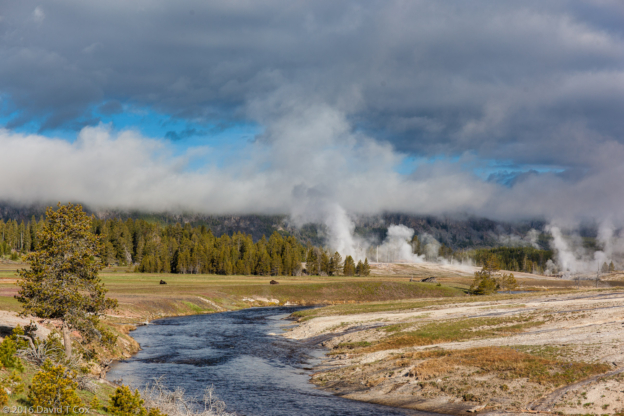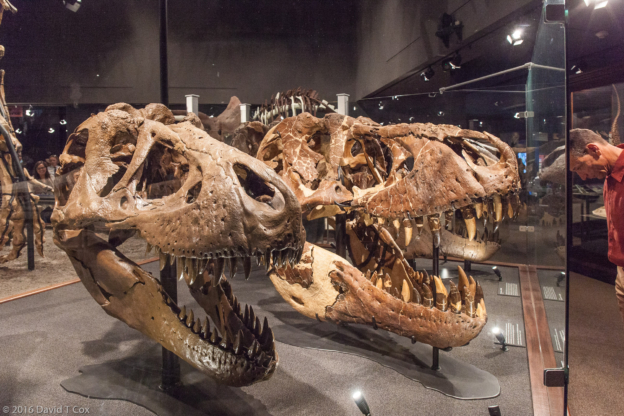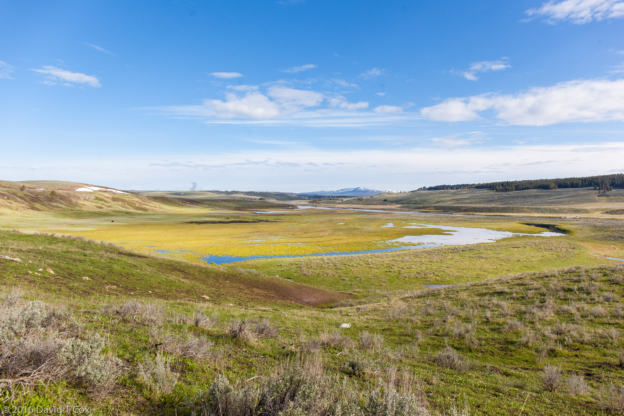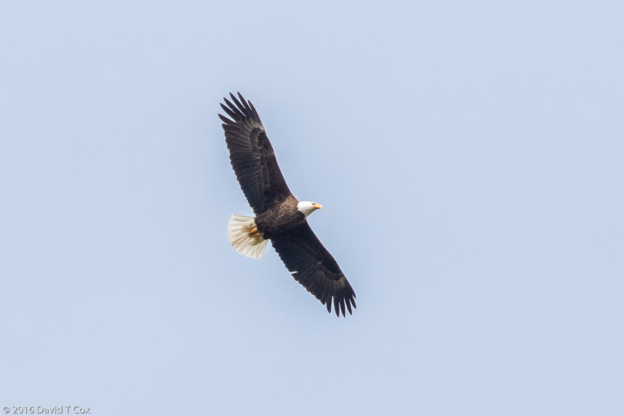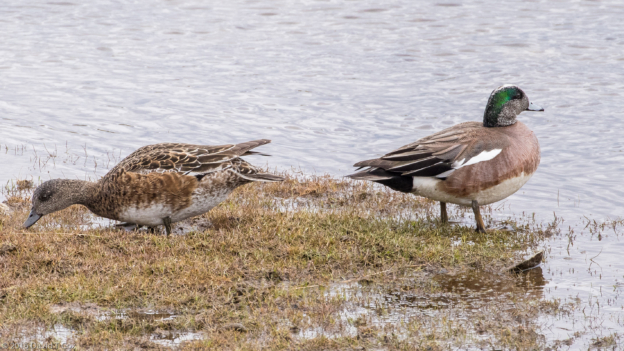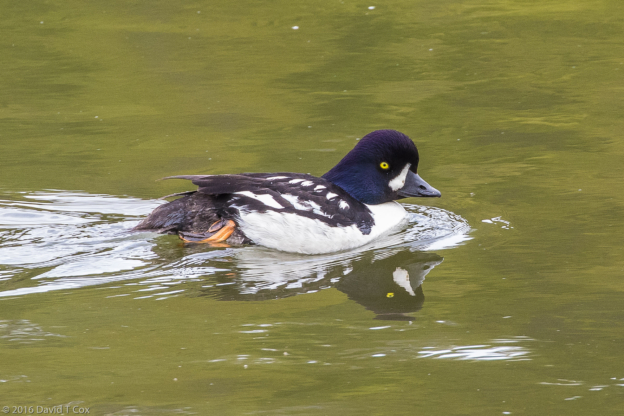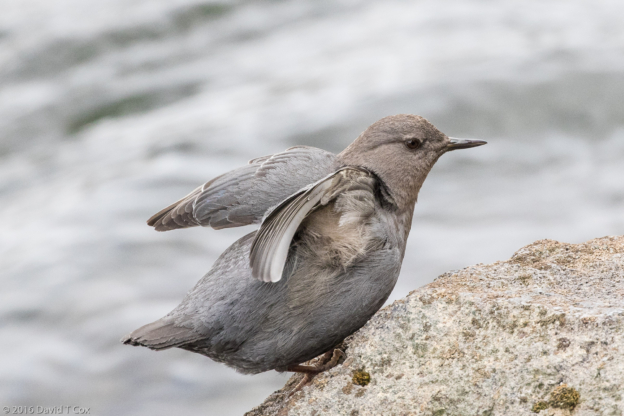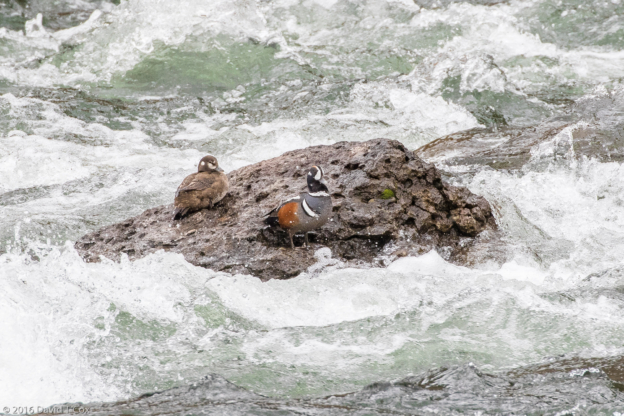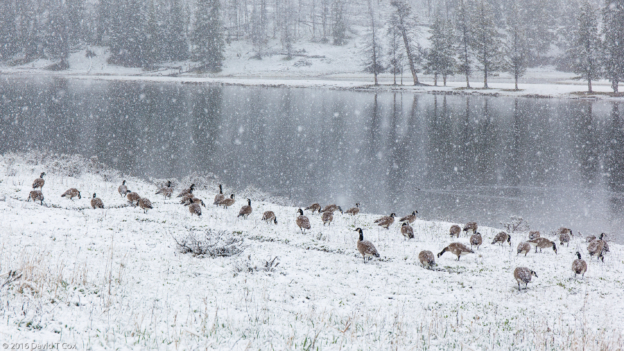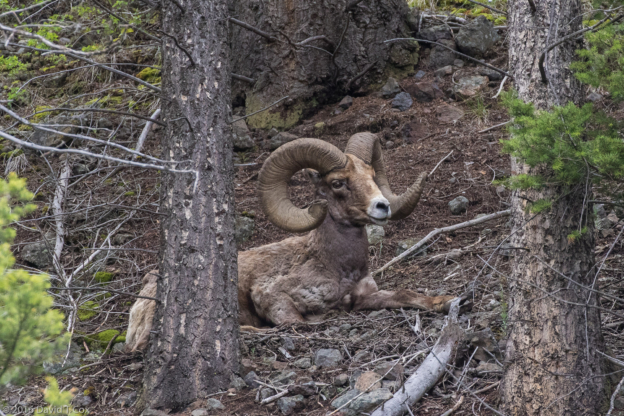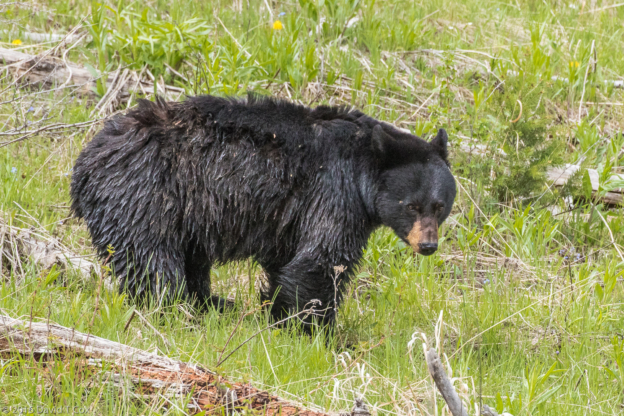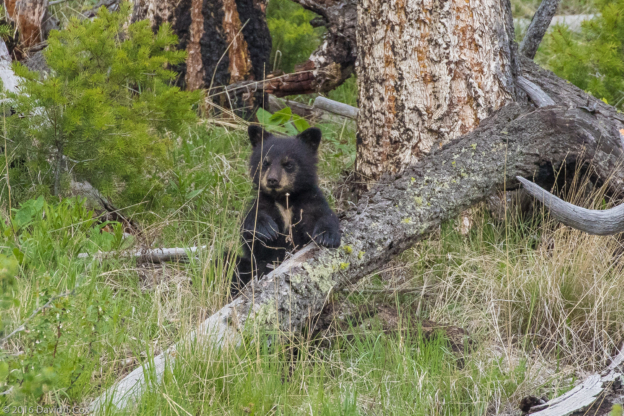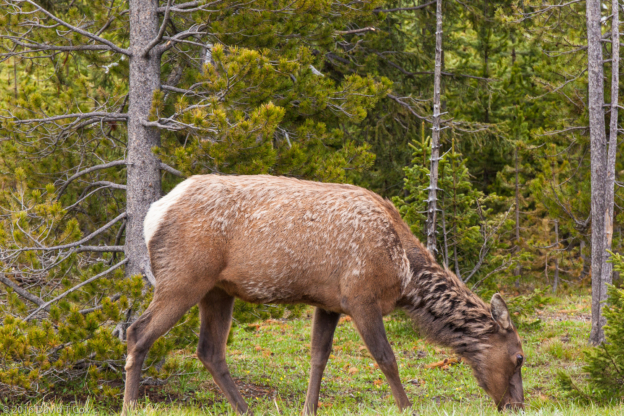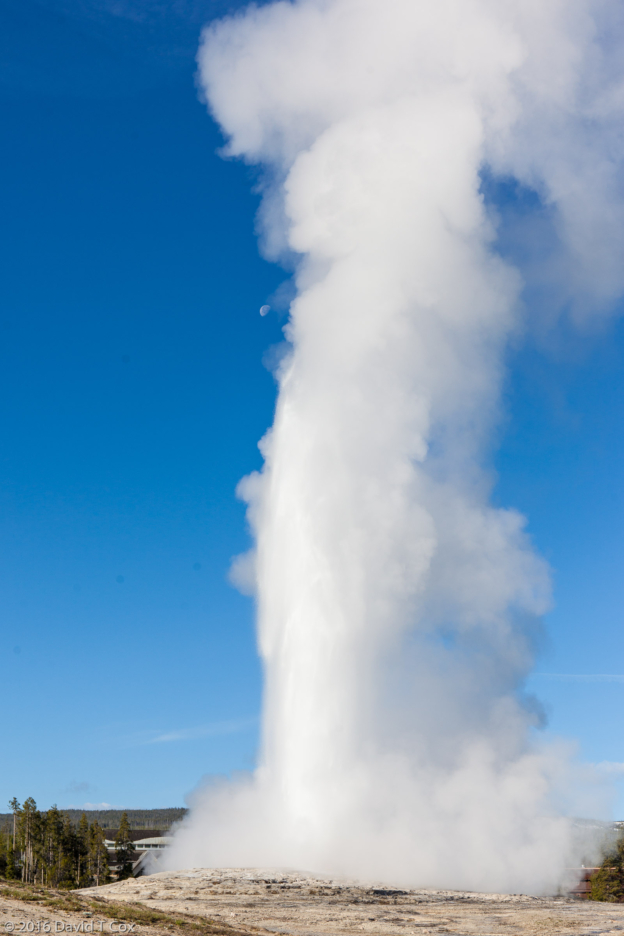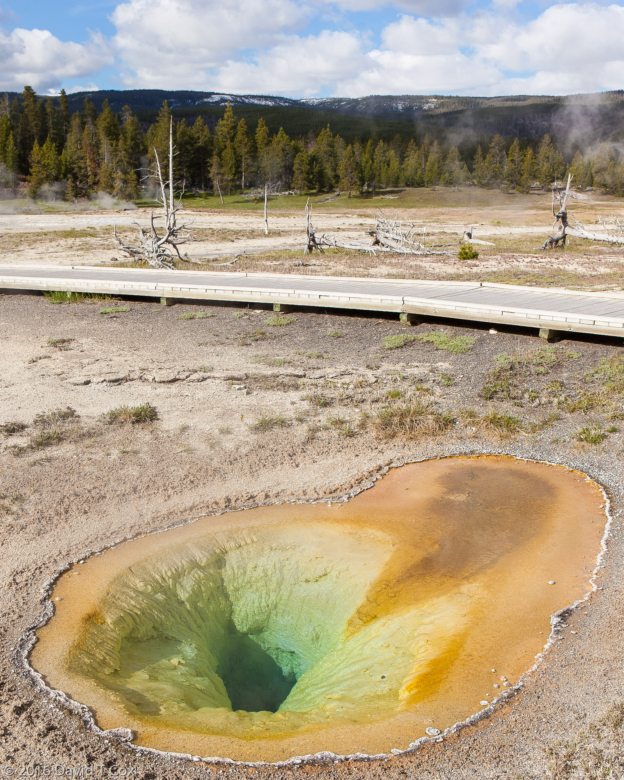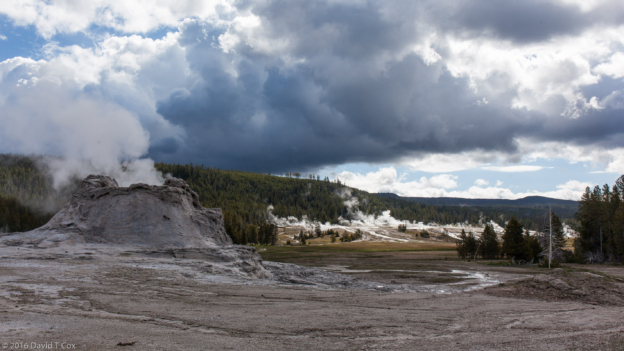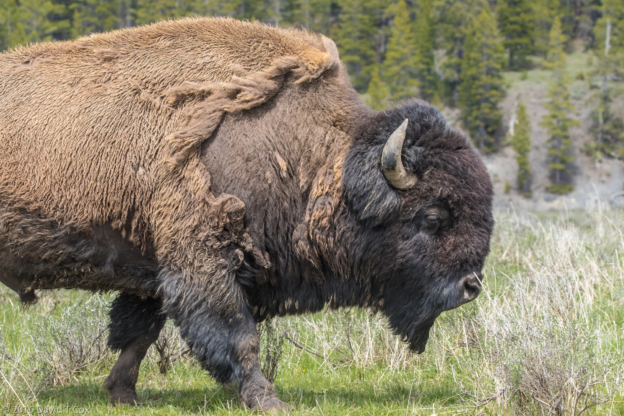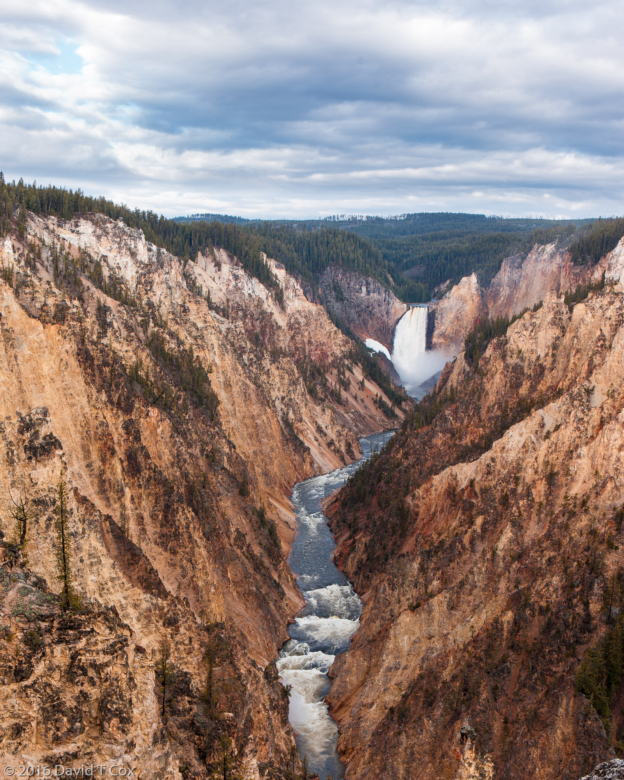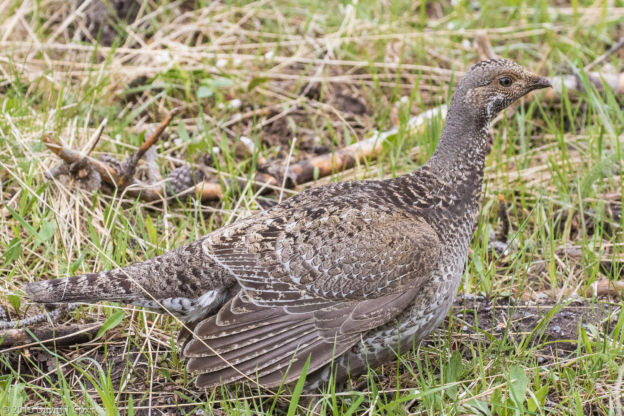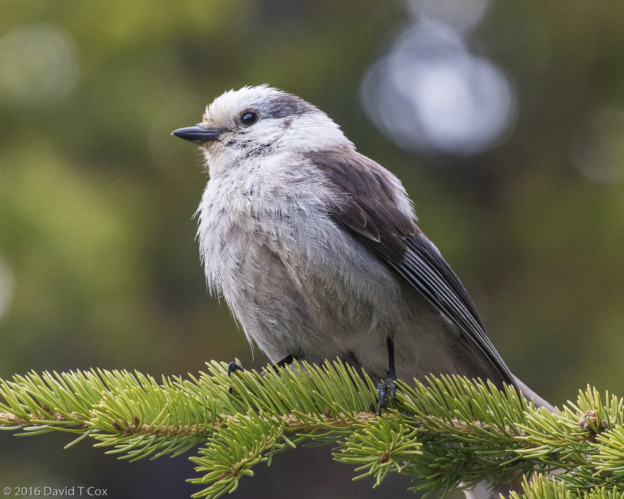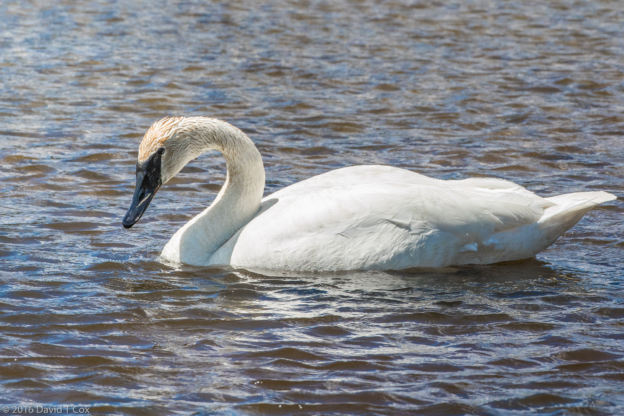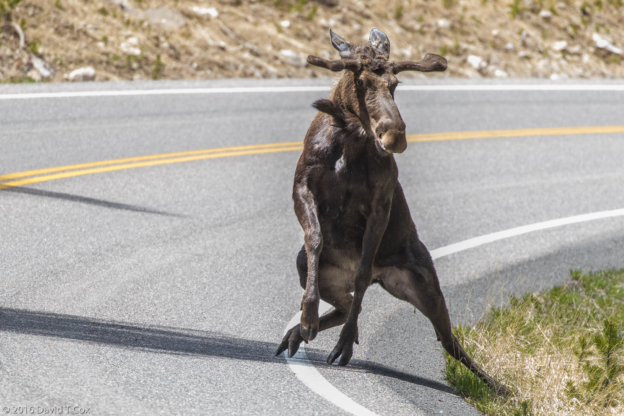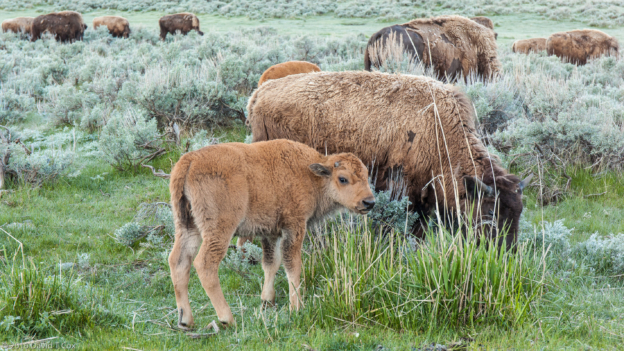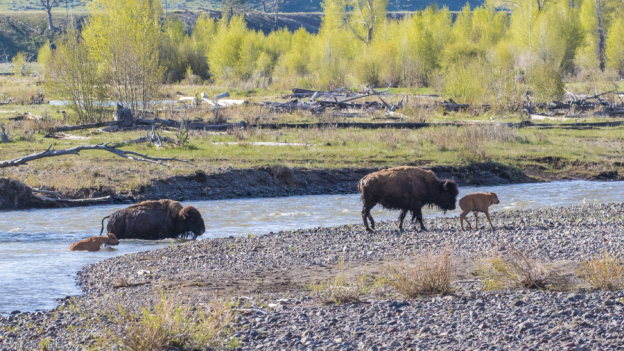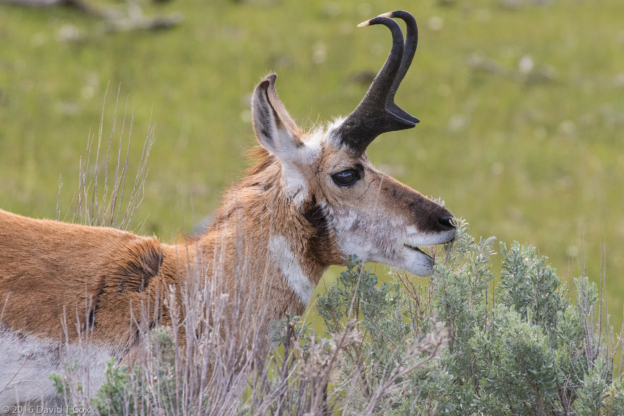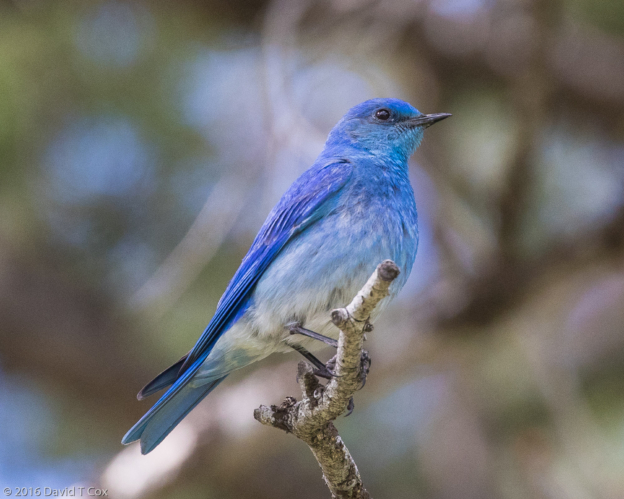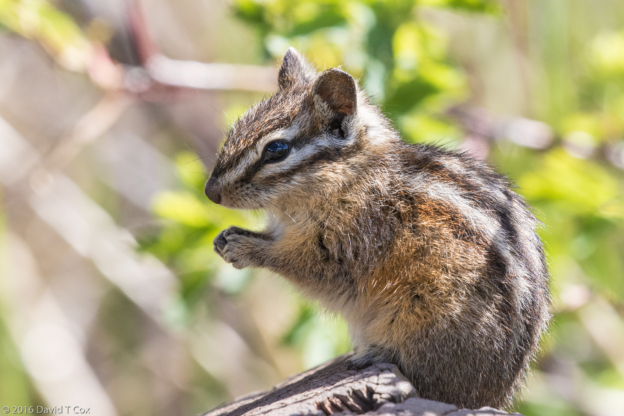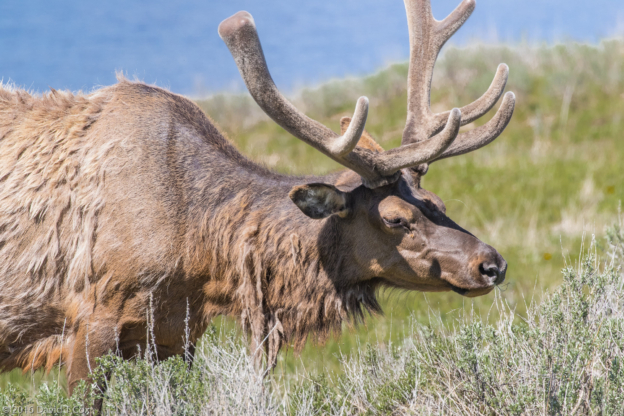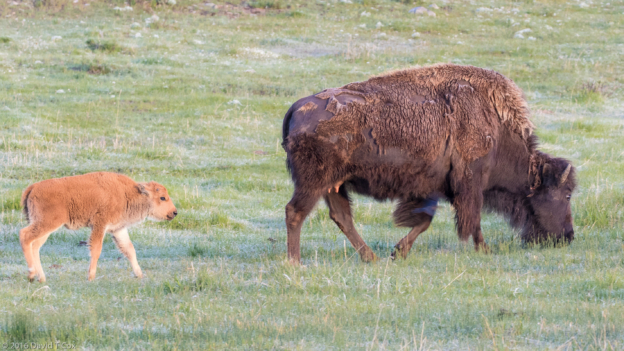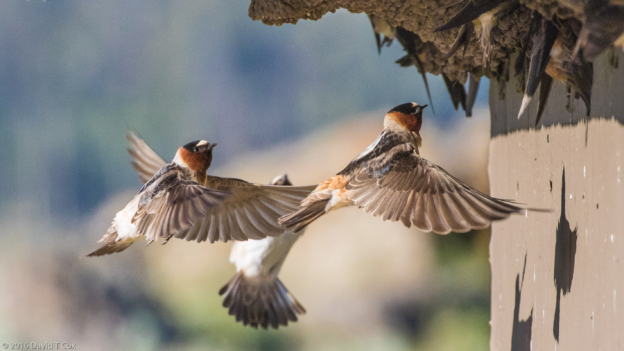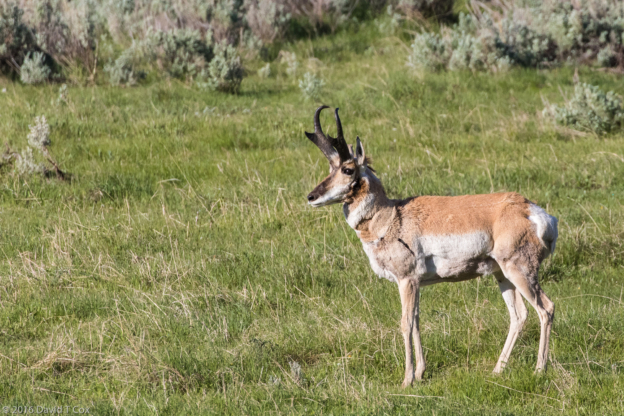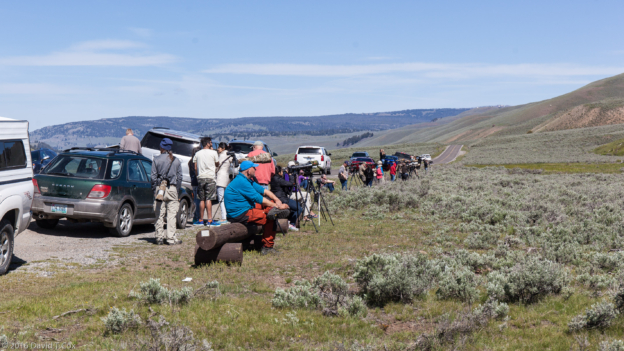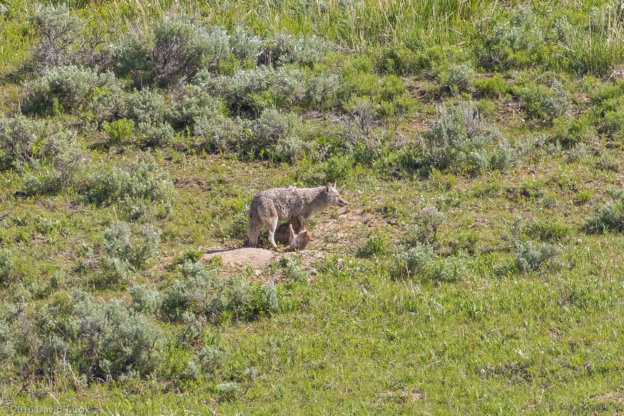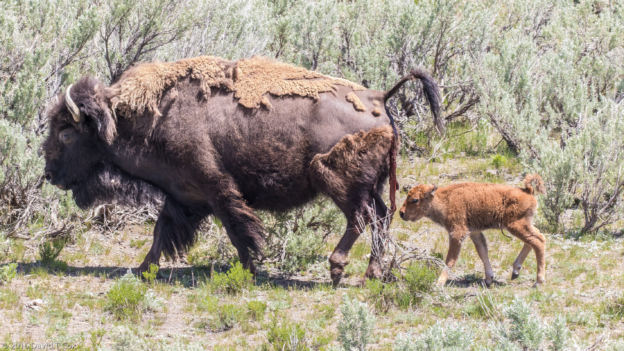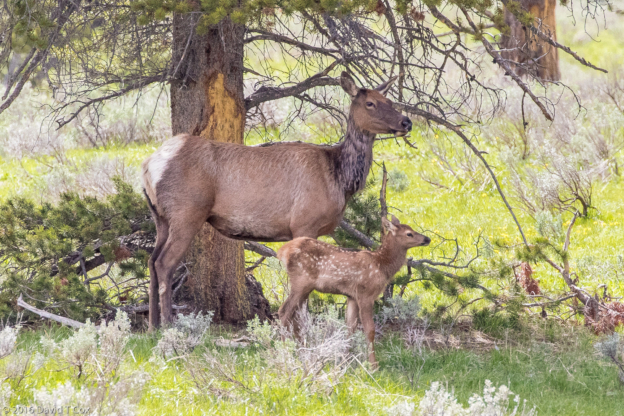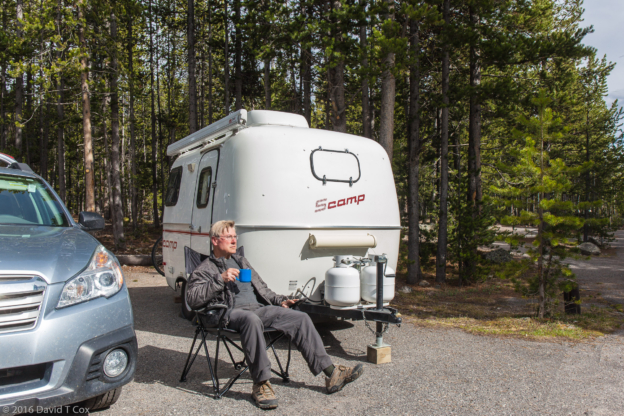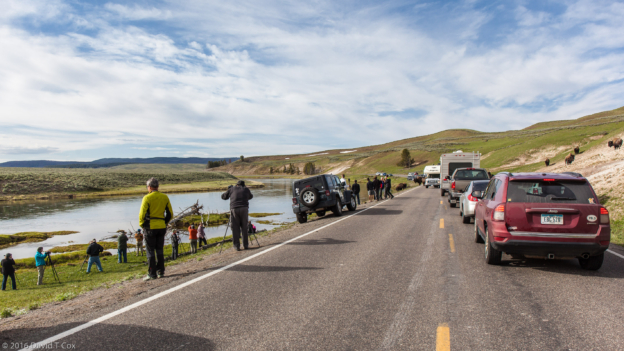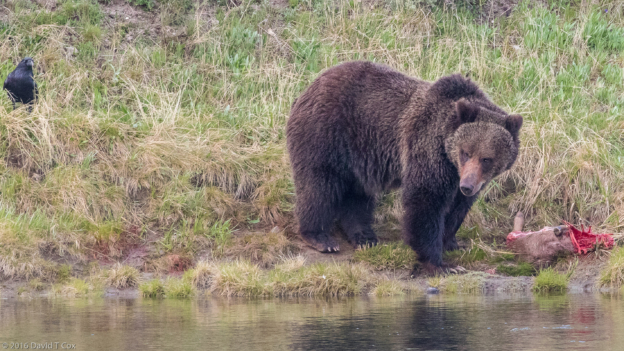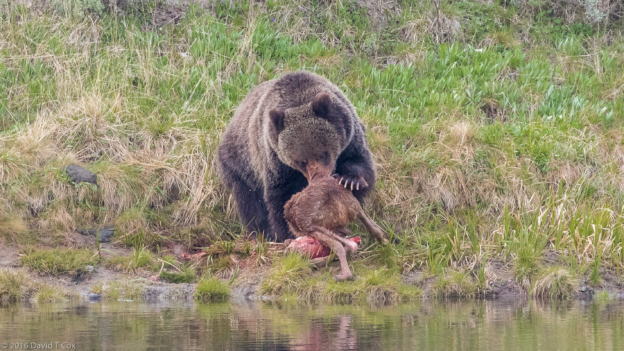All Photos Are Below the Travelogue Text
Click on Any Photo To Open Slide Show
To print the travelogue, right click anywhere on the page. Choose "Print" from your browser dialog box. You can choose Save to PDF in the browser print window.
Share your thoughts.
Email Dave - coxdavid55@hotmail.com
Hello everyone. I last wrote from Bozeman, MT. preparing to enter Yellowstone. In Bozeman I spent one afternoon at the famous Museum of the Rockies. I arrived while they had two special exhibitions of great interest to me (and the general public); both were specials by the National Geographic Society. The first was a display of the “Fifty Greatest Photographs”, which included the editorially selected 50 most compelling cover photos ever displayed in the National Geographic Magazine. These were poster sized reproductions, with a discussion of the detail behind each photo and the impact it had. This was an awesome undertaking, occupying two large rooms, and many of the photos staggered me. Most were not up to my current technical standards for photo resolution and color (for almost all came from the film era), but of course it was the content that was stunning, pleasing and/or disturbing. A real treat. On top of that, they filled a third room with the photos taken by a young European couple who spent two entire years trekking on foot along the ridge line of the Andes, from Quito, Ecuador to the southern tip of Chile, along with their journal entries recorded with each photo. Another visual treat. The main regular attraction at the museum is the dinosaur and paleontological collection, including the largest collections in the world of Tyrannosaur and Triceratops skulls. The museum collection is (was) curated by the world famous paleontologist Jack Horner. He already was well known among enthusiasts and scholars, but became especially well known to the general public as the advisor to all 3 of the Jurassic Park movies, as well as being the inspiration for the paleontologist character, Dr. Grant, in the original film. The museum was great, and it turned out to be Dr. Horner’s retirement day celebration, open to the public; he was there, sitting under the large full Tyrannosaur skeleton, chatting with children (see photo).
I drove from Bozeman following the Madison River, source of the Missouri River, upstream to the West entrance to Yellowstone on Monday the 23rd. I had some unusual stomach trouble for two days, picked up from a dish of vegetarian eggs Benedict in the best breakfast restaurant in Bozeman (which I won’t name publicly). My first night in Yellowstone, camped in the one RV loop that already had had a number of grizzly visits in the past 3 days, I needed to make several quick trips to the rest room facilities. This was a long walk from my RV, in the rain, keeping an eye out for that neighborhood grizzly. I had experienced poor weather for 8 straight days prior to Yellowstone, ever since visiting the Snake River Canyon, with mostly heavy cloud cover and high winds, plus rain daily, often for hours straight. Well, it didn’t change in Yellowstone. My first 8 days produced practically constant rain, snow, sleet, “slush balls” (huge slushy hail) and wind – on the second day I awoke to 3 inches of snow and it still was falling – high road passes were closed. Other than the general wetness, the major depressing factor was the very heavy overcast and lack of visibility. Most of my decent photos all came from the last two days in the Park, which mostly were clear and sunny, albeit cold.
I spent the first 7 days at Fishing Bridge, the spot where the Yellowstone River exits the Yellowstone Lake. This site was famous for cutthroat trout fishing until 1973 (indeed, I have memories and B&W photos of fishing trout here with my father in 1960). The cutthroat were overfished, and then in the 1990s someone illegally introduced lake trout to the ecosystem, and the cutthroat now have been decimated. Fishing today is permitted on much of the river and lake (not from the bridge), but barbless hooks must be used and cutthroats must immediately be released, whereas lake trout or rainbow trout, if caught, must be killed. The Fishing Bridge Camp offers the only RV hookups for power etc. inside the Park, and do not allow soft-sided camping such as tents or pop-ups due to the grizzly bear problems. I ate most of my meals in the little cafeteria in the General Store. I re-visited much of the Park those first 7 days, obtained some nice “storm” photos, but it was very much less than ideal photo weather. My last 3 days I moved up to Canyon Camp near the Grand Canyon of the Yellowstone. Weather cleared, and most of my wildlife photos were from these few days. As the Canyon Camp had no hookups, I had no electricity and could not do my photo work, consisting of daily developing, captioning, key-wording and sorting the still and video images on my computer – this had to remain for after I left the Park.
Yellowstone basically fills with tourists starting from the time of year the roads connecting the two main wildlife valleys (Hayden and Lamar) open in late May. By getting out to explore by crack of dawn, a little after 5am each morning, one can travel and see wildlife and the attractions with only a few other hardy souls; by a little after 8:30am or so, the crowds start hitting the roads and filling the parking areas – by 9:00am the throngs and tour busses have left their lodges, finished their breakfasts, boarded their transport and the Park becomes filled with a mass of humanity until sundown. In addition, for wildlife viewers with spotting scopes and long-lens photo-gear, the ground heats enough soon after sunrise so that by 10am viewing through powerful optics becomes blurred at distance (due to cells of air turbulence). I spent some of the busy parts of several days revisiting the thermal areas of the park, which display more geysers, hot springs, mud pits and steam vents than all those found in the rest of the world combined. I spent many beautiful days photographing these attractions three years ago, and so really was focused this time on wildlife.
A number of the birds photographed were, for me, uncommon or not often photographed, including the rare Harlequin Ducks, Trumpeter Swan and American Dipper, which is the only aquatic species of all Passerine birds (songbirds or perching birds, which make up fully half of all species on earth); it feeds on insects underwater. I also photographed the colorful Barrow’s Goldeneye duck, Osprey at their giant nest, Cliff Swallows in flight at their “jug” nests and a Dusky Grouse, among others.
I successfully found most of the larger mammals, including the three most sought after, wolves, black bear sows with cubs and grizzlies. Four times in the Tower Falls area I saw one or both of the two sow black bears that inhabit the area, each currently with two wonderfully funny tiny cubs. The cubs tumble and rumble with each other and scramble several feet up the side of a tree at any perceived frightening sound. A lone bull elk just off the road attracted hundreds of viewers in Hayden Valley one day; herds of cow elk were everywhere, attracting the wolves. I viewed an unfortunate abandoned newborn elk for half an hour, mewling pitifully for its mother. Two cow elk came out of the woods from different directions attracted to the mewling, but the baby was not theirs, as evidenced by smell. The next day, however, in exactly the same location, I noted a newborn with a cow, and believe one of the cows eventually accepted the calf. Moose are rare to see in the Park now according to the rangers. I did see one in very unusual circumstances; I was driving through a forested valley north of Canyon, when I stopped for a couple of cars pulled off the road to ask what they saw – they were watching a bull moose just down below the road in the trees. I got out to photograph, but the moose was moving behind the trees but toward the road behind us. I assumed the moose was going to cross the road there, and got my camera ready. As I was looking through the camera finder, a car came spurting toward us, around the blind corner, just as the moose appeared climbing up onto the road. The car screeched to a halt, just bumping the moose, which jumped, slipped on the pavement, and “skated” across the road. Yes, I got a photo of the moose skating; proof is in the attached photo below. We followed the moose into a clearing on the far side, where it resumed eating, apparently uninjured. (Maximum speed limit anywhere in the Park is 45mph for this reason.)
In the Park, most grizzly and wolf sightings are at great distances (generally too far to see with the naked eye, or seen only as dots in the distance), whereas black bears with cubs often are along the roads near Tower Junction. A fair number of “trained” visitors and professional photographers now spend much of the summer in the Park doing nothing but following and recording these three species. I spent parts of two days viewing wolves at an elk kill, including interactions with ravens and bald eagles. As usual, it was viewed at great distance, as was the recently located wolf den with several pups (about two miles from the viewing location). Elk constitute the main prey of the wolves, though one pack in the Park is said to specialize in bison.
In Lamar Valley, probably the best big-game viewing area of the Park, I witnessed a black bear on the far side of the river chased first by young bull bison, then chased back into the woods by a lone coyote (I call him the lone ranger). Subsequently, coyote howling broke out behind me on the hillside, and on the far side of the river two more coyotes joined the lone ranger coyote, with tails wagging and much hopping around. I mentioned to a photographer standing next to me that they probably were saying “Jake my man – Way to Go, Jake – you really showed that bear.” The next morning we discovered the source of howling on the hill behind us, as someone spotted the coyote den; I spent a couple hours watching after being told one coyote had carried a pup out of the den and into a neighboring growth of poplars. Soon, the mother coyote came to the den, from the opposite direction, and two pups came out of the den and suckled and romped around. The mother seemed suddenly to realize she was missing a pup – she walked a few feet away and started howling. An answering howl came from the poplars, whereupon the mother jogged over into the poplars, returning about 10 minutes later with the “lost” pup in her mouth, which she deposited back into the den (much of this I also was able to record on video). I again “anthropomorphized”, after explaining to a neighboring photographer the scene of yesterday, when the lone ranger coyote had run off the black bear – this time I suggested the same lone ranger had gone too far in taking one of his pups to visit the poplar grove. I imagined that he had received a severe “talking too” (the howling), as well as nips when the female came to retrieve the pup.
Of great interest to me, along with watching the wolves, black bears with cubs and the coyote den, was watching and photographing the lines of “watchers,” lined as we were along the road with our cameras and spotting scopes. I have included below photos of, not only the wolves, bears and coyotes, but an image of the “watchers” in each case, which properly sums up what you will experience if you spend much time in Yellowstone seeking wildlife.
I spent much time especially seeking grizzly encounters closer than the common sightings, which are at well over a mile. After 10 days I still had had no luck, but on the morning of departure I decided to take a last early two hour drive through Hayden Valley. A little before sunrise, at a point where the Yellowstone River curves right along the road, I noticed an unusual black object lying on the river bank just on the far side; three other people had stopped there, and one told me he thought it had moved and was a black bear. I viewed it through my long lens and almost jumped for joy – the black blob resolved itself into a huge grizzly resting on a bloody carcass. At that point the grizzly, apparently disturbed by our voices, stood; it was a very large grizzled brown male, looming over a bloody newborn elk kill. I then noted a lone cow elk a few hundred yards further up on the opposite bank – almost certainly the grizzly had taken the calf shortly after its birth. Grizzlies are the largest predators on earth, and certainly can take down full grown elk, as well as moose, but often take the easiest kill. The grizzly was about 150 yards from us, and we were protected by the Yellowstone River running between.
For the next hour and half, as it gradually grew brighter with the sunrise, I stood and took photos, as well as some wonderful video clips (as to which I haven’t figured out whether insertion is possible into my travelogues). The grizzly interacted aggressively with a couple of brave ravens, which kept sneaking up to grab pieces of the carcass. As I had 7 hours of driving ahead, I reluctantly left at a little before 8am to retrieve my RV back at Canyon. Driving out of the Park took me back up the Hayden Valley, where I passed again by the grizzly kill-site at close to 9am. Now, the road was a traffic mess, not only with the crowds finally emerging from late breakfasts to congregate about the grizzly site, but with the arrival of 5 large bull bison, which had descended the steep bank from the back of the road, coming down to the river to water – they split the crowds on the road into a north and south group, and jammed up traffic, turning the road effectively into a single lane (a most unusual dual “bear-bison jam”).
I drove out of the Park through the east entrance, through Cody and down to Casper, WY, where I am staying for 3 days to catch up on work on the 600 photos and 30 videos I have taken since I last had electric power for my computer equipment. I am camped here along the North Platte River, and will follow it down to Scottsbluff and later Mormon Island, both in Nebraska, before heading on to Kansas City for a mini-reunion with my brother and sister. Later. Dave
- Tyranosaur skulls, Museum of the Rockies, Bozeman, MT
- Jack Horner, Jurrasic Park advisor, Museum of the Rockies, Bozeman, MT
- Hayden Valley, Yellowstone NP, WY
- Bald Eagle, Le Hardy Rapids, Yellowstone NP, WY
- American Wigeon, Yellowstone NP, WY
- Barrow’s Goldeneye, Hayden Valley, Yellowstone NP, WY
- American Dipper, Le Hardy Rapids, Yellowstone NP, WY
- rare Harlequin Ducks, Le Hardy Rapids, Yellowstone NP, WY
- Canada Geese in snow storm by Yellowstone River, Yellowstone NP, WY
- Bighorn, near Towers Junction, Yellowstone NP, WY
- watching Black Bear sow with cubs up tree, north of Tower Falls, Yellowstone NP, WY
- Black Bear sow, wet from grass, with cubs hiding, near Tower Junction, Yellowstone NP, WY
- Black Bear cub near Towers Junction, Yellowstone NP, WY
- Black Bear cub, near Towers Junction, Yellowstone NP, WY
- Elk, West Thumb, Yellowstone NP, WY
- Common Merganser, S of Upper Geyser Basin, Yellowstone NP, WY
- Firehole River, Upper Geyser Basin, Yellowstone NP, WY
- Old Faithful, Yellowstone NP, WY
- hot spring, Upper Geyser Basin, Yellowstone NP, WY
- storm over Upper Geyser Basin, Yellowstone NP, WY
- American Bison, Hayden Valley, Yellowstone NP, WY
- Lower Yellowstone Falls, Grand Canyon of the Yellowstone, Yellowstone NP, WY
- Dusky Grouse female (fka Blue Grouse), Ned Perce Ford, Yellowstone NP, WY
- viewing alpha male wolf on elk kill from over 1 mile, Hayden Valley, Yellowstone NP, WY
- Wolf, alpha male, on Elk kill viewed from over 1 mile, Hayden Valley, Yellowstone NP, WY
- Grey Jay, Fishing Bridge RV Park, Yellowstone NP, WY
- Snowshoe Hare, North Rim Grand Canyon of Yellowstone, Yellowstone NP, WY
- Trumpeter Swan (band H52), Hayden Valley, Yellowstone NP, WY
- running Moose, lightly hit by car, slips crossing road, north of Canyon, Yellowstone NP, WY
- American Bison, Lamar Valley, Yellowstone NP, WY
- American Bison crossing Lamar River, Lamar Valley, Yellowstone NP, WY
- Pronghorn, Lamar Valley, Yellowstone NP, WY
- Mountain Bluebird, Lamar Valley, Yellowstone NP, WY
- Least Chipmunk, Tower Falls, Yellowstone NP, WY
- bull Elk, Hayden Valley, Yellowstone NP, WY
- American Bison, Lamar Valley, Yellowstone NP, WY
- Cliff Swallows at nests, Lamar Valley, Yellowstone NP, WY
- Pronghorn, Lamar Valley, Yellowstone NP, WY
- Lamar Valley with American Bison, Yellowstone NP, WY
- Osprey at nest, Lamar Valley, Yellowstone NP, WY
- viewers, Coyote den, Lamar Valley, Yellowstone NP, WY
- Coyote with two pups at den, Lamar Valley, Yellowstone NP, WY
- American Bison with newborn and placenta, Lamar Valley, Yellowstone NP, WY
- abandoned newborn elk with adoptive cow, south of Canyon, Yellowstone NP, WY
- Dave camping at Canyon Camp, Yellowstone NP, WY
- Bear-Bison dual traffic jam, Yellowstone NP, WY
- Grizzly with newborn elk kill, Hayden Valley, Yellowstone NP, WY
- Grizzly with newborn elk kill, Hayden Valley, Yellowstone NP, WY
- Grizzly with newborn elk kill, Hayden Valley, Yellowstone NP, WY
- Grizzly with newborn elk kill, Hayden Valley, Yellowstone NP, WY
To print the travelogue, right click anywhere on the page. Choose "Print" from your browser dialog box. You can choose Save to PDF in the browser print window.
Share your thoughts.
Email Dave - coxdavid55@hotmail.com
